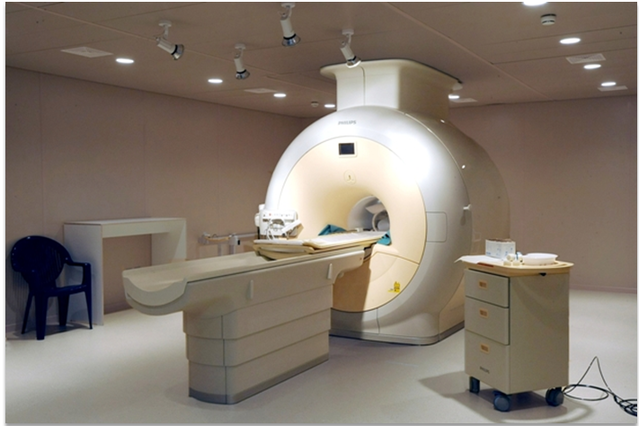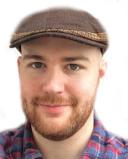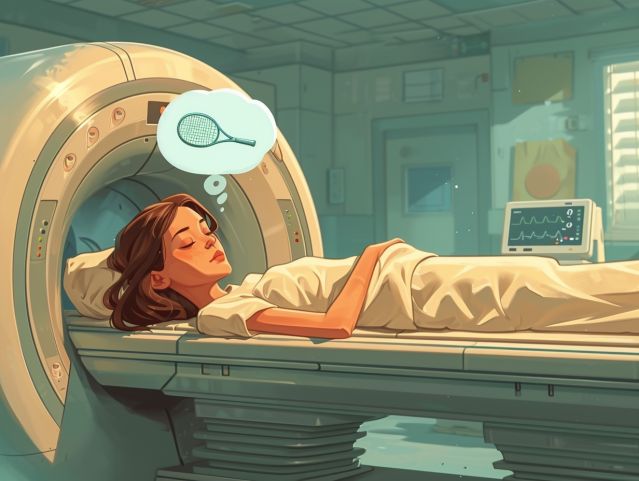Fantasies
How Neuroscientists Use Tennis to Study Consciousness in Unresponsive Patients
Mental imagery from imagined tasks like playing tennis reveals consciousness.
Updated January 1, 2024 Reviewed by Vanessa Lancaster
Key points
- Many severely brain-injured patients who appear unresponsive are still aware, known as "covert consciousness."
- Determining which patients are covertly conscious is challenging, but mental motor imagery tasks may help.
- By asking patients to imagine doing something like playing tennis, scientists can infer covert consciousness.
When you dream, your mind is active, yet your body is mainly unresponsive unless woken up. A similar situation exists for some brain-injured patients who have lost consciousness—although these patients do not visibly respond to speech, touch, or other stimuli, they may still think and feel, with no means of communicating with the outside world. Unlike a dreaming person, however, some of these patients may also be aware of outside voices, sights, vibrations, and smells. But how can the patient’s doctor or family ever know that such a patient is conscious?
This problem, known as covert consciousness, is one focus of research in my lab, led by Dr. Martin Monti at UCLA. Patients in a vegetative state, also known as unresponsive wakefulness syndrome, experience a condition in which they may open their eyes and show reflexive movements but never voluntarily respond to stimuli. Understanding which of these patients still have minds glowing with the light of consciousness might sound like an impossible task. How can we ever know what, if anything, these patients are thinking or feeling without any behavior?
My boss worked on this problem earlier in his career with Dr. Adrian Owen, a neuroscientist now at the University of Western Ontario. Monti, Owen, and their colleagues wanted to determine which unresponsive brain-injured patients were covertly conscious using functional magnetic resonance imaging, or fMRI. By asking patients in the scanner to either imagine themselves playing tennis or walking through their homes, the researchers could determine with fMRI if the patient had heard the request and generated the appropriate pattern of mental imagery. This works because imagining yourself playing tennis—a motor imagery task—activates different brain regions in the fMRI than imagining walking through your house—a spatial imagery task. They found that 9 percent of patients could generate mental imagery on-demand, a finding published in the New England Journal of Medicine in 2010. Besides demonstrating that a sizable fraction of unresponsive patients were covertly conscious, the researchers found a clever way to communicate with one unresponsive individual, referred to as Patient 23, by asking him to answer "yes" by imagining tennis and "no" by imagining walking through his home. To learn more about Monti and Owen’s work, see my full interview with both scientists here in Knowing Neurons.
Since this landmark study, a similar task has been used by a group of researchers at the University of Michigan. Rather than looking for covert consciousness in unresponsive brain-injured patients, this group of researchers looked for evidence of consciousness—and found it—in a healthy volunteer put under general anesthesia. Much like a person who is asleep and dreaming, many people who appear to be unaware and unresponsive retain a private, mental life. Yet, unlike a person who is dreaming, they may often be aware of their surrounding environment. Whether we are looking for patients who are aware under anesthesia or after being diagnosed with a vegetative state, the challenge of detecting covert consciousness is enormous.
~
A more extended version of this post also appears in Knowing Neurons.

References
Monti, Martin M., Audrey Vanhaudenhuyse, Martin R. Coleman, Melanie Boly, John D. Pickard, Luaba Tshibanda, Adrian M. Owen, and Steven Laureys. "Willful modulation of brain activity in disorders of consciousness." New England journal of medicine 362, no. 7 (2010): 579-589.
Huang, Zirui, Phillip E. Vlisides, Vijaykumar C. Tarnal, Ellen L. Janke, Kelley M. Keefe, Margaret M. Collins, Amy M. McKinney et al. "Brain imaging reveals covert consciousness during behavioral unresponsiveness induced by propofol." Scientific reports 8, no. 1 (2018): 1-11.



